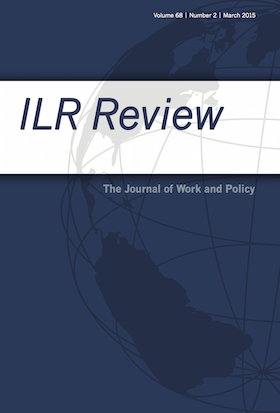The authors examine the association between unionization and non-standard work in terms of coverage and wages. They use data from the master files of Canada’s Labour Force Survey (LFS) between 1997–98 and 2013–14 to define and measure non-standard work and to provide a continuum of vulnerability across work arrangements. The estimated probability of being employed in some form of non-permanent job increased 2.9 percentage points from 1997 to 2014. During that same period, the estimated probability of being in a non-full-time, non-permanent job—another way of capturing non-standard work—increased 2.5 percentage points. Although estimated union wage premiums declined rather precipitously for all groups, the union wage advantage remained highest among non-standard workers. Further, the authors find the union wage premium is largest for the most vulnerable of non-standard workers. In terms of estimates that look across the earnings distribution, the union wage premium among non-standard workers is larger for workers higher up the earnings profile.
Publication Type
- Article



